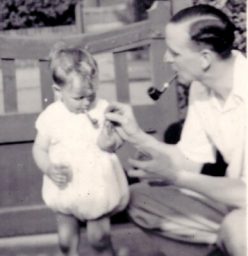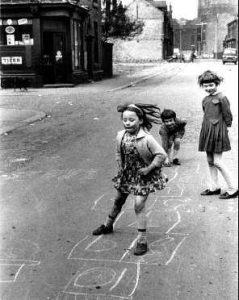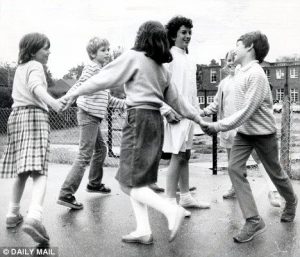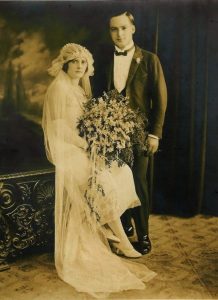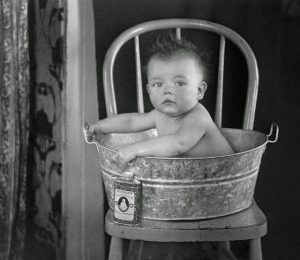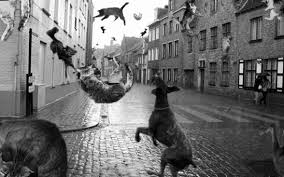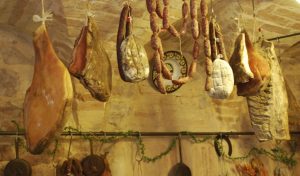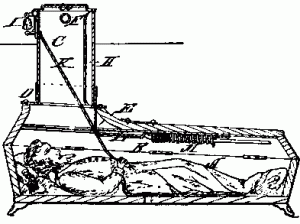There are thousands and thousands of websites out there – some local, some national, some international. Wherever you are looking at you can guarantee there will be a website covering the genealogy/history of that area. There are many local family history societies you can join or ask for help. Here is just a few useful websites that I use, with information on each website.
Ancestry.co.uk – This is a subscription website, you can pay per view, pay for a month or pay annually. If you are just starting out I would recommend keeping you eye on the website they often have offers on allowing free access – you do need to enter your card details to access the free access but remember to remove your card details if you decide it’s not for you otherwise the payment is automatically taken – it does explain this but in your excitement you may miss this! You can pay for access to UK records or Worldwide records. Ancestry is my preference but there are others such as FindMyPast.co.uk.
Ancestry holds records under the following headings:
· Birth, Marriage and Death records
· Census records from 1841-1911
· Military Records
· Wills and Probate Records
· Immigration and Travel Records
· Schools, Directories and Church Records
· Public Member Trees
· Card Catalogue
The site is often updated too so keep a check on the updates. There is also a members area with a discussion forum – they are categorised into different areas and there are boards for allsorts – and usefully boards dedicated to thousands of different surnames.
There is a facility to build and save your own family tree within the site. Once you have created your tree every time you create a new individual Ancestry will show a little leaf symbol if there is a record it holds that matches the information for your individual. Don’t presume it is your person have a good look at the hint before deciding if the record is relating to your person – afterall it is a computer matching the records!!!
You have the option to have your tree as a Private tree or a Public tree – if it is Public everyone can see what is in your tree – so to protect living individuals create them with the forename “Living” ie Living SMITH. This is important if you don’t want to become a victim of identity fraud! Or you can chose to keep your tree private – it will match a name to other members but no other details – if they want to know more they have to contact you through the website to ask permission.
Ancestry DNA – is what it says for around £100 you can buy a kit which you register and associate to yourself (or whoever’s DNA it is). When you receive the kit you provide a saliva sample into a vial and pop it back into the post and wait – very simple all the instructions are included. You will get email updates when your sample is received and then an email when your results are ready, once ready log onto Ancestry and go the DNA tab – there all will be revealed!
So the DNA test covers both maternal and paternal side and the first thing you will see is your origins. Well I was quite surprised by mine always presuming Irish roots which wasn’t the case at all – I am 65% British and 32% Scandinavian and a the rest a bit of somewhere else. Scandinavian?!!
The next thing you will see is other ancestry members who are related to you with their relationship to you, and I had dozens of distant cousins. Having been initially sceptical I was pleased to see amongst these cousins 2 I already knew about, I then emailed a few other members and got responses from all over the world, some who knew about their origins from my home town. Obviously the more people who particiapte the more hits you are going to be notified about too!
UK Birth Marriages and Deaths – Births, Marriages and Deaths known as BMD records This site provides over 2500 links to websites that offer on-line transcriptions of UK births, marriages, deaths and censuses. A wide range of other indexes and transcriptions are also available for most counties, these include parish records, wills, monumental inscriptions etc.
The regional BMD websites are free (such as Cheshire BMD) and have the facility to search what is transcribed in that county – so if you know your grandad was baptised/married/buried at St Johns Church, Warrington in a certain year – you can select St Johns Church and see which records for that church have been transcribed so far and the years that they span.
Some birth entries give the mothers maiden name depending on the year and the transcriber (volunteers who do this for free).
If you see a marriage entry and the wife has two surnames listed – it means one will be her maiden name and the other usually a former married surname.
Familysearch.org – this website is maintained by the Church of Jesus Christ of Latter-Day Saints – also known as the Mormons. Their aim is to transcribe all records worldwide – this is another free website – it currently has transcribed and made searchable over 1 Billion Records.
You can also create your family tree on the website free of charge. You can narrow your searches down to the country, county, town even down to a particular church. It is particularly useful for finding records that are prior to general registration in 1837.
GENUKI – A library of genealogical information relevant to the UK and Ireland – I am not going to start listing what it contains as there is too much! Go and have a look what is available for your county and you will see what I mean.
Cyndi’s List – Is exactly what it says a marvellous website created by a lady called Cyndi Ingle Howells – Cyndi decided the internet was like a library with the books strewn all over the floor and she wanted to file them, hence Cyndi’s List. Think of this website as a central respository for every genealogical/family tree website worldwide an excellent start to your research as to what is available – all I can say is go and have a look for yourself!
National Archives – a free/subscription/pay per view website which holds more than 32 million descriptions of records held by The National Archives and more than 2,500 archives across the country. Over 9 million records are available for download. Again another website you need to go and have a look around!
British Newspaper Archive – The British Newspaper Archive a subscription/pay per view website – is a partnership between the British Library and findmypast to digitise up to 40 million newspaper pages from the British Library’s vast collection over a 10 year period.
So you may be thinking why would I want to look at old newspapers? Well – suppose one of your ancestors vanishes and he/she is only young and may have died in an accident or been arrested? You may well just find if here – this is the website that verified a family story of my own when I found article relating to my 5 x gt grandfathers suicide!
INSERT PIC
